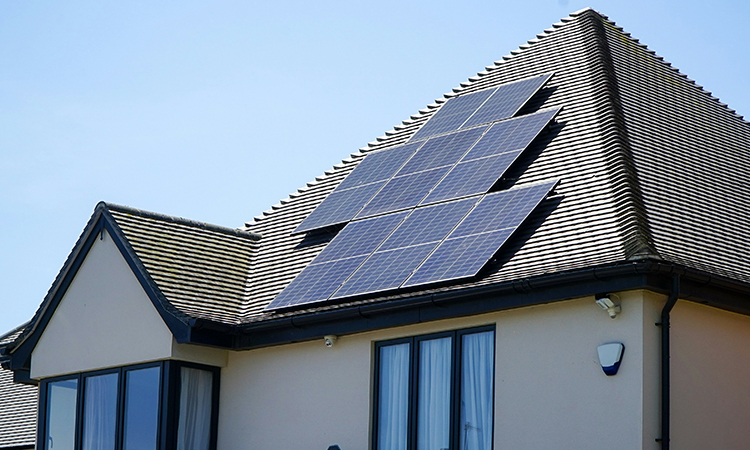The Residential Energy Credit is a tax benefit aimed at encouraging homeowners to make energy-saving improvements to their homes. This includes installing solar panels, wind turbines, geothermal heat pumps, and making other energy-efficient upgrades like better insulation or new windows. The idea is to lower your energy bills and your tax bill simultaneously.
Who’s Eligible?
Most homeowners in the U.S. making qualifying improvements to their primary residences are eligible. This covers both existing homes and new constructions, though generally excludes rental properties. Eligibility specifics can vary with the type of improvement and the tax year, so keeping up with the current guidelines is crucial.
Benefits of the Credit
This credit directly reduces your tax bill on a dollar-for-dollar basis. For example, if you’re eligible for a $2,000 credit and owe $5,000 in taxes, you’ll only need to pay $3,000. Should the credit exceed what you owe, some credits may allow for the excess to be carried forward to future tax years, although this depends on the specific energy credit you’re claiming.
Qualifying Improvements
Qualifying for the Residential Energy Credit can come from a variety of home upgrades:
- Solar Panels and Solar Water Heaters
- Small Wind Energy Systems
- Geothermal Heat Pumps
- Energy-Efficient Windows, Doors, Insulation, and Roofs
Claiming the Credit: Tax Forms You Need
To claim the Residential Energy Credit, you’ll use:
- Form 5695, Residential Energy Credits: This form helps calculate and claim the credit for qualified energy-efficient improvements and renewable energy systems. Fill it out and attach it to your Form 1040 or Form 1040-SR.
- Carrying Forward Unused Credits: If the credit is larger than your tax liability, meaning you have more credit than taxes owed, some energy credits allow you to carry forward the unused portion to future tax years. This is particularly common with the solar energy credit. The specifics of carrying forward can be found in the instructions for Form 5695.
- How to Maximize Your Benefit: Keep Detailed Records: Save all receipts and certifications from your energy-efficient installations.
- Understand the Latest Guidelines: Tax incentives can change, so review the current year’s eligibility criteria.
- Consult a Professional: Consider talking to a tax professional to ensure you’re maximizing your credits and savings.
Conclusion
Investing in energy efficiency pays off—not just in reduced utility bills but also in tax savings. By understanding how to leverage the Residential Energy Credit, including the use of Form 5695 and the ability to carry forward unused credits, homeowners can make a more informed decision on their home improvements. Go green, save money, and enjoy the benefits for years to come.




